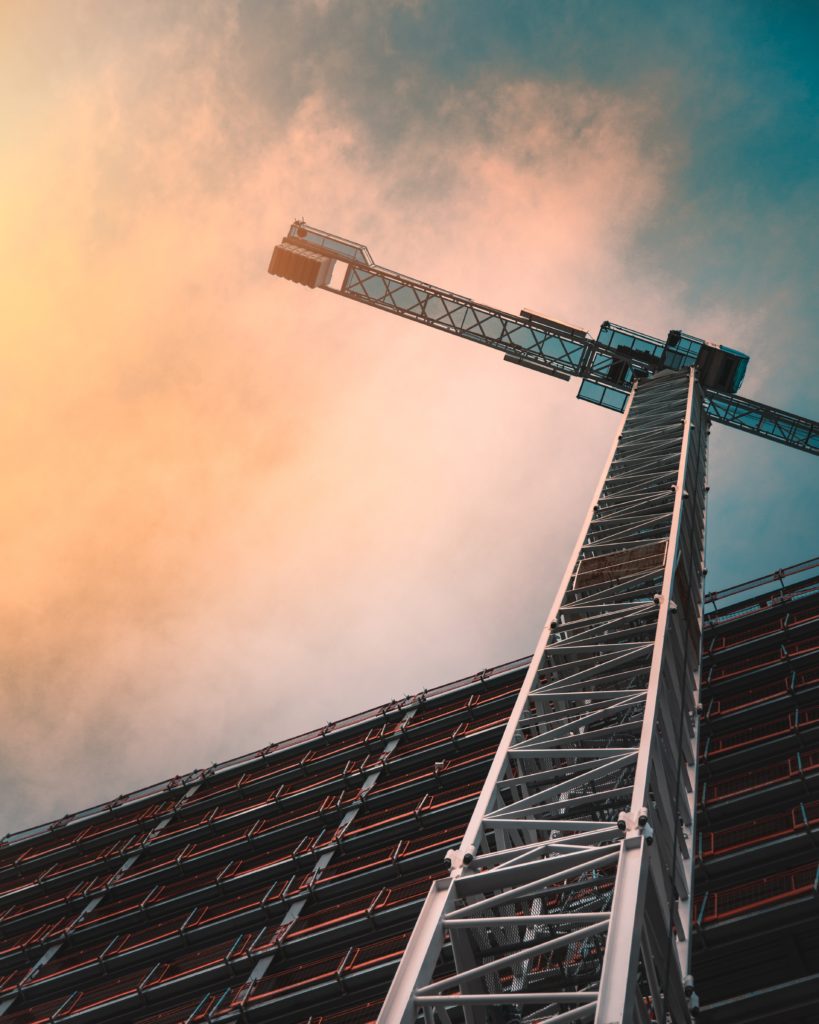Topic covered:
- Introduction to the changed rates
- Rule with a catch point
- Conditions/ obligation along with the new rates structure
- Optional rate regime
- GST on Commercial Space in residential projects
- Much Complicated tax structure
- Impact on tax collection base for the government
- Impact of GST rates on the home buyers
- Transition rules
- Conclusion

Introduction to the changed rates:
It is a big cheers for the construction companies as the Goods and Service Tax (GST)rates has been slashed by the GST Council. Earlier the rates were pegged at 12% for residential segment and 8% for affordable housing sector. Affordable housing includes homes costing Rs.45 lakhs or less and having maximum 60 sq. metre for urban housing and 90 sq. meter for rural housing. Now to a great relief to the builders related to construction of residential units the rates has been reduced to 5% for residential units and 1% for affordable homes.
Rule with a catch point:
Any good thing comes with a catch and so is it with recent rate reduction. The builders opting for the new tax rates are denied all kind of credit on his inputs/input services/ capital goods. In other words he cannot avail input tax credit on cements, concrete or any other items used in the process of construction.

Conditions/ obligation along with the new rates structure:
There are two necessary conditions to be fulfilled by the builders for availing the benefit of the new tax structure
- No input tax credit allowed
- 80% of the procurement of inputs or input services (other than capital goods) has to be done from registered entities.
The first point is already discussed in the previous heading. Regarding the second condition, 80% of the procurement of inputs or input services (other than capital goods) has to be done from registered entities. If a builder fails to comply by falling short of 80% procurement then tax shall be payable on the shortfall under reverse charge mechanism. The rate payable on such shortfall shall be 18%. However tax on cement purchase from unregistered entities shall be 28% of the value.
Optional rate regime:
The rate prescribed by the GST council is optional for the builders. A builder may opt between
- Older rate structure with input tax credit
- New rate structure without input tax credit and fulfilling the required condition.

GST on Commercial Space in residential projects:
The GST Council clarified that residential complex with 15% commercial space shall be considered as residential properties. This would resolve problems in residential complexes with commercial features like club and restaurants.
Much Complicated tax structure:
Goods and Service Tax (GST) regime has often be boasted of being a simple tax arrangement. This was especially relevant for the construction industry. However with the recent changes it seems more complicated and difficult to comply. Forgoing the input tax credit may be the easy part but maintaining the 80% procurement from registered persons may look easier said than done. For many builders keeping tap on expenses may be a problem with limited options for procurement. Though the case may not be the same for everyone making an option for being in the older tax structure is a good thing.

Impact on tax collection base for the government:
Construction industry in India has often been taunted as one sector where the unaccounted money flows. Goods and Services Tax (GST) Council has taken a closer look at this situation and has tried to address it in its recent decision. The condition of 80% procurement from registered persons would compel more input/ input service providers to the construction industry to take registration. This will increase the tax base for the government. Besides there will be better accountability.
Impact of GST rates on the home buyers:
There is a mixed opinion by the experts on this subject. The option of 80% procurement of input /input services from registered persons may decrease supplier options for the builders incurring more cost to the builders. The non availability of input tax credit would further add to the cost. The increased burden would pass on to the home buyers in form of expensive homes. However there is another view on this. There degree of tax reduction is high enough to level out the added cost to the builders. This may bring the prices down. Moreover the builder will have option to choose between the older and the newer structure. He may be wiser to choose the better between both where cost is concerned.
Transition rules:
The final rules for transition of ongoing projects are yet to be taken by the GST council. However as per the press release dated 19.03.2019 by Finance Ministry the following probable rules were given.
- ITC reversal shall be on prorate basis based on simple formula like credit in proportion to the booking of the flat and invoicing done for the booked flat is available subject to a few safeguards.
- For a mixed project transition shall allow ITC on pro-rata basis in proportion of carpet area of commercial area in the ongoing projects to the total carpet area of the project.

Conclusion:
There would be more clarity in the coming times on transition rules. However the effort of the tax system for reforms and demand for better accountability from the industry is evident. It is only a matter of time to see whether the efforts of the tax reforms bear any fruit in form of any benefit to the home buyers and the tax payers.
Related posts :
1.GST on construction as a works contract service
2. Press release by GST Council
